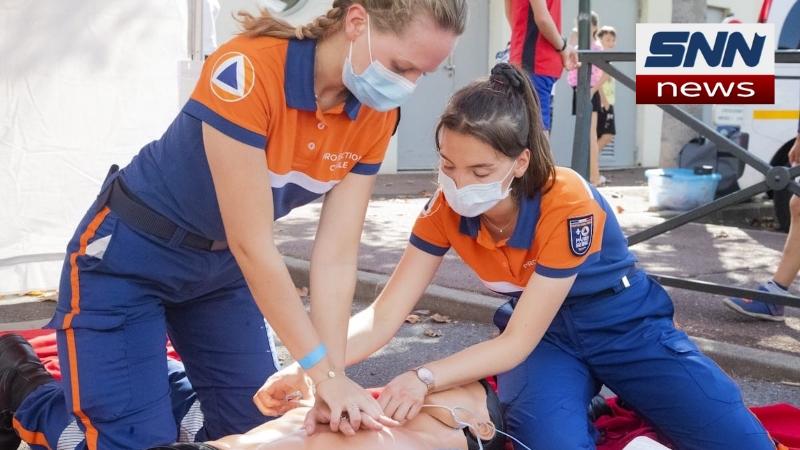:
Heart attacks remain the leading cause of death worldwide.
This article explores rising heart failure cases in adults, debunks myths, and explains how early prevention can save lives.
Why Do Heart Attacks Happen?
Heart attacks occur when the coronary arteries — responsible for supplying oxygen-rich blood to the heart — become partially or fully blocked.
These blockages are typically due to fatty deposits (plaques) or blood clots, resulting in restricted blood flow and oxygen supply to the heart muscle.
Who Is at Higher Risk of Heart Attack?
Your risk of a heart attack increases significantly if you have the following predisposing conditions:
- High blood pressure
- High cholesterol
- Diabetes
- Lifestyle-related factors, including:
- Sedentary behavior
- Overweight or obesity
- Smoking
- Excessive alcohol consumption
Good news: Most heart attack causes are preventable with lifestyle changes and medical management.
How to Prevent a Heart Attack
Take these proactive steps to reduce your risk:
Stay physically active: Exercise at least 30 minutes daily
Quit smoking and alcohol
Manage blood pressure, cholesterol, and diabetes through medication and diet
Maintain a heart-healthy diet rich in fruits, vegetables, whole grains, and healthy fats
Common Heart Attack Symptoms
Symptoms may vary depending on the severity and person. Watch out for:
Chest pressure, tightness, or pain lasting several minutes
Pain radiating to jaw, neck, back, shoulder, or left arm
Dizziness or lightheadedness
Shortness of breath
Cold sweat, nausea, or vomiting
What to Do If You Suspect a Heart Attack
A heart attack is always a medical emergency. If you notice any symptoms:
- Stop all activity immediately
- Call emergency services (1122 in Pakistan)
- If unable to call, ask someone nearby
- Paramedics may administer emergency medicine or CPR until the ambulance arrives
How Is a Heart Attack Diagnosed?
Doctors diagnose heart attacks using:
Blood tests to detect cardiac enzymes
Electrocardiogram (ECG) to assess heart rhythms
Angiography to visualize blocked arteries using dye and X-ray
How Are Heart Attacks Treated?
Treatment depends on the severity:
- Coronary Angioplasty and Stenting (PTCA)
A balloon is inserted via a catheter to open the blocked artery. A stent (wire mesh) is then placed to keep it open.
- Coronary Artery Bypass Grafting (CABG)
A healthy vein from the leg or chest is used to bypass the blocked artery, restoring blood flow.
Recovery and Long-Term Prevention
Follow your doctor’s advice for physical activity and diet
Continue medications as prescribed
Incorporate regular exercise and walking into your daily routine
Eat a simple but nutritious diet to support heart health
Schedule regular heart checkups and monitor risk factors
Final Note
Heart attacks in young and middle-aged adults are often preventable.
Understand the true heart attack causes, ignore the myths, and take early action to live a long, healthy life.









